
Email Security for Law Firms: Safeguarding Client Data with Semantic AI

Law firms have strict confidentiality and compliance obligations. Email-borne phishing, AI-generated spear-phishing, and insider threats are on the rise in the legal industry. StrongestLayer’s AI solution (built on its TRACE engine) analyzes language, intent, patterns, and behavior to defend against these modern threats, dramatically reducing successful breaches and false positives. It easily integrates with Microsoft 365/Google Workspace (no MX record changes) and includes user-centric features (Inbox Advisor, in-workflow training) to harden the human layer. (See StrongestLayer’s Law Firm Solution page, and [Major Law Firm Case Study white paper] for detailed results.)
Executive Summary
- Law firms face unique email security challenges: they handle highly sensitive, privileged data and are prime targets for sophisticated phishing and social-engineering attacks.
- Traditional email filters and gateways leave a gap – a recent case study found a major firm suffered over 550 successful attacks per year bypassing Microsoft E5. StrongestLayer’s semantic AI-powered email protection bridges this gap.
- Its core TRACE engine uses deep “intent reasoning” (contextual and behavioral analysis) to catch novel threats that keyword or reputation-based systems miss. Features like Inbox Advisor (in-inbox alerts), real-time coaching, zero-day defense and human risk analytics empower staff to identify and stop attacks in the moment.
- This multi-layered approach stops phishing and BEC, preserves client confidentiality, and keeps firms compliant with privacy and ethical rules.
Why Email Security is Critical for Law Firms
Email is the lifeblood of legal practice, carrying confidential client information, case strategies, contracts, and privileged communications. If an attacker breaches a lawyer’s inbox, they can steal trade secrets, blackmail clients, or sabotage litigation. Crucially, email represents attorney-client communications, so any unauthorized disclosure can waive privilege. Law firms are ethically and legally bound to prevent such breaches. For example, ABA Model Rule 1.6 requires “reasonable efforts” to guard client data, and laws like GDPR, HIPAA and various state breach-notification statutes impose heavy fines if client data is exposed. In short, failing to secure emails risks client trust, professional discipline, costly lawsuits, and reputational ruin.
- Attorney-Client Privilege: Emails often include privileged legal advice. Exposing even one email can waive privilege, undermining a case.
- Ethical Obligations: Lawyers must safeguard client confidences. Cybersecurity is now part of legal competence, per ABA rules.
- Data Protection Laws: Client personal data in emails (financial, health, personal identifiers) falls under GDPR, HIPAA, CCPA, etc. A breach triggers mandatory reporting and fines.
- Regulatory Reporting: Breaches must be detected and reported quickly (often within days). Late detection of an email compromise can incur penalties and damage client trust.
These obligations mean email security is non-negotiable for law firms. Clients demand strict confidentiality, and regulators treat email breaches seriously. At the same time, cybercriminals target lawyers because of the high value of the data. Recent years have seen a surge in legal industry phishing and business-email compromise (BEC) attacks: criminals impersonate executives or clients, requesting wire transfers or confidential documents.
Rising Threats: AI-Driven Phishing and BEC in Legal Industry
The legal sector now faces more sophisticated email attacks than ever. Modern attackers use AI to automate and personalize phishing at scale. For example, generative AI can scan a firm’s publicly available filings or LinkedIn posts to craft a fake email that perfectly mimics a partner’s writing style and context. The result is highly credible spear-phishing that can bypass legacy filters and human intuition. Statistics confirm this trend: AI-augmented phishing campaigns have driven a 1,265% increase in phishing emails and a 105% spike in malicious emails bypassing gateways.
Key threat categories include:
- Business Email Compromise (BEC): Attackers impersonate C-suite or partners to request urgent wire transfers or sensitive data. A 10-day analysis at a major firm found 156 BEC attempts (annualized to ~5,694) with a 5.4% success rate – meaning 307 successful BEC attacks per year if unchecked.
- Credential Harvesting Phishing: Emails trick users into entering passwords on fake login pages. The same study saw 124 credential phishing emails (annualized 4,526) with a 3.2% success rate – roughly 145 accounts compromised per year.
- Internal/HR Phishing: Attackers exploit HR/emergency scenarios (e.g. fake COVID alerts, fake internal memos). In 10 days, the firm saw 67 such emails (annual 2,446), with 4.1% success (~100 breaches/year).
Without new defenses, this firm averaged 1.5 successful sophisticated email attacks per day. That’s almost one major incident every business day, exposing client confidences and financial risk.
Traditional email gateways and spam filters are increasingly ineffective. AI-generated phishing can evade signature and reputation checks: messages may have no malicious link or attachment, clean sender domains, and perfectly polished language. For example, a recent “CFO wire transfer” scam passed SPF/DKIM checks, had no malicious link, and read like a legitimate transaction request – it was only caught by context reasoning.
Key Insight: The legal industry phishing landscape has changed. Lawyers see contextual, personalized scams that legacy tools miss. Defenses must now analyze intent and context, not just keywords or known bad actors.
Why Traditional Email Security Falls Short
Most law firms rely on standard email security: secure email gateways (SEGs), antivirus scanners, link protection, and even Microsoft/Google’s built-in filters. These are important for catching malware, bulk spam, and known threats, but they leave blind spots against modern attacks. The case study highlighted this clearly: despite having Microsoft E5, 347 sophisticated phishing emails reached user inboxes in 10 days – all undetected.
Traditional tools typically use: sender reputation, blacklists, malware signatures, and URL scanning. These work well for common malware and generic spam. However, they fail in these scenarios:
- AI-Generated Content: A zero-day phishing email crafted by AI contains no known malicious link or signature. Signature-based filters simply see an apparently benign message.
- Clean Sender Infrastructure: Attackers can register new domains or hijack compromised accounts. SPF/DKIM pass, so the gateway trusts the email’s origin.
- Contextual Lures: Legacy filters miss subtle cues. A message mimicking an internal vendor negotiation or citing a recent case file will sail through if it lacks blacklist triggers.
- Human Factors: Employees may ignore weak alerts. If filters produce too many false alarms (as many SEGs do, up to 25–40% false positives), users tune them out. Meanwhile, a human might not spot a business-context scam without assistance.
The result: clients’ confidential data can slip through the cracks. A breach need not involve technical exploits; convincing social engineering is enough. For example, an attacker posing as a judge or opposing counsel could phish for case-sensitive documents. Even a subtle mis-addressed email could trigger attorney-client privilege waiver. Traditional security doesn’t assess such high-level risks.
Insider Threats: Another gap is insider risk. Studies show a small percentage of employees cause most incidents. Yet generic email defenses treat all users equally. Likewise, routine user behavior (like clicking unknown links under workload pressure) goes unaddressed by simple filters. Without user-centric training and risk profiling, firms leave their own people as the “weakest link.”
In summary, legacy email security leaves law firms vulnerable to a client confidentiality breach. It is reactive (blocking known threats) and coarse (triggering on keywords), whereas the legal industry now needs proactive, context-aware defense.
Semantic AI: Next-Gen Email Defense for Law Firms
To stop these modern threats, StrongestLayer takes a different approach: semantic AI for email security. Instead of just matching patterns, it uses large-language-model (LLM) intelligence to understand each message. This means analyzing intent, context, writing style, and organizational patterns – effectively reasoning about the email like a human analyst.
StrongestLayer’s platform is LLM-native. Its core engine, called TRACE (Threat Reasoning AI Correlation Engine), mimics how hundreds of analysts would scrutinize an email. TRACE examines dozens of signals – linguistic nuances, sender history, recipient roles, typical workflows – and scores the risk of each message. It catches things like: “Does this urgent request deviate from normal CFO-to-accountant communications?” or “Does the language match this attorney’s usual style?”.
Key Advantages of Semantic Analysis:
- Intent-Based Detection: Instead of flagging a fixed keyword, semantic AI detects why a message was sent. For example, it spots if a text is unusually urgent or threatening for the sender’s role (an emotions engine picks up on fear or authority abuse).
- Contextual Patterns: It learns a firm’s email patterns (who writes what to whom). If an email comes from a new, out-of-pattern domain or at a strange time, it raises the alarm.
- Pre-Campaign Hunting: The TRACE engine looks for attacker infrastructure before attacks launch (e.g. registering suspicious domains) and can block threats days in advance.
- Zero-Day Defense: Because it needs no prior training on each threat, TRACE can identify brand-new attacks the moment they appear – no “learning period” like old ML systems.
- Low False Positives: By combining many signals (hundreds per email) into a risk score, the AI is very accurate. In practice, StrongestLayer flags high-risk emails with only ~1% false positives, compared to 25–40% in traditional SEGs.
The difference is like having a team of expert analysts scanning every email 24/7. StrongestLayer itself calls TRACE a “True Reasoning Engine” that delivers 99.97% accuracy on novel attacks vs. traditional tools which remain vulnerable to AI-crafted phishing. It detects threats immediately, not after many victims fall for them. In short, semantic AI enables proactive, intelligent threat detection for law firms.
StrongestLayer’s Key Components for Law Firm Security
StrongestLayer’s solution combines multiple AI-powered modules to protect email at every level:
- TRACE Threat Engine: The heart of the system. Uses deep language models to analyze each email’s intent and risk. It evaluates communication context (departments, projects, approval workflows), sender reputations, tone (urgency, pressure, emotional cues) and many other factors. TRACE raises alerts on anomalies – for example, detecting a benign-looking wire transfer request as unusual for the user’s normal behavior.
- Inbox Advisor (User Alerts): A real-time in-box assistant. Inbox Advisor provides contextual safety alerts directly to email users. For instance, if an email is flagged as suspicious by TRACE, Inbox Advisor pops up a warning or advice (e.g., “Verify this sender’s request for funds”). This empowers attorneys and staff to make safer decisions, cutting the “human error” rate. By coaching users in the moment, it effectively turns all employees into a stronger security layer.
- Real-Time Coaching and Training: Alongside alerts, the platform delivers just-in-time training. When a risky email is detected, the system can automatically send a tailored training snippet (via email or chat) explaining the threat type (e.g., “This email exhibited a fake domain”). This in-workflow training sticks because it’s based on real threats targeting the firm. Unlike annual phishing drills, this approach changes behavior by teaching people exactly what nearly tricked them.
- Human Risk Analytics: StrongestLayer profiles user behavior to identify high-risk insiders. It tracks who clicks what, who often bypasses security warnings, etc. This allows security teams to focus training and stricter controls on the small number of employees most likely to slip up (often executives or high-volume staff). By continuously measuring real-world behavior (not just simulated test click-rates), the platform provides metrics on how protected the firm truly is.
- Pre-Campaign and Zero-Day Defense: The platform anticipates attacks. Before known campaigns even begin, TRACE spots malicious infrastructure (such as new domains used in past attacks) and blocks emails from these sources. Crucially, it works from day one. There is no need for a lengthy “learning period” – users are protected from their first email on-boarding. This zero-day defense means even brand-new AI-powered scams are stopped immediately.
- Easy Integration: StrongestLayer is API-based and cloud-native. It integrates directly with Microsoft 365 and Google Workspace via API. There are no MX record changes or mail flow reroutes needed. Setup takes minutes (often under 15) with no downtime. Because it runs in parallel, the platform complements existing gateways: legacy tools catch known threats, while StrongestLayer handles behavioral anomalies and intent-based threats.
- Explainable Alerts: Every detection comes with a human-readable explanation of why it was flagged (e.g. “this email came from an unusual domain with urgent language”). This transparency builds trust with security teams and provides audit documentation for compliance officers.
Together, these components create a holistic defense for law firms:
- Stops AI-Generated Spear Phishing: Detects hyper-personalized, linkless scams that legacy filters miss.
- Blocks BEC and Wire Fraud: Identifies out-of-pattern fund requests or fake invoice schemes targeting client trust accounts. (In one test, StrongestLayer prevented a simulated $847K wire transfer request.)
- Protects Confidentiality: By scanning semantics, it spots when sensitive data (like client names or case numbers) is being mishandled. It can enforce policy (e.g. auto-encryption if a breach-risk is detected).
- Maintains Workflows: Precise detection means fewer false alarms and less disruption. Alerts go only to truly suspicious messages, so lawyers aren’t bombarded with false warnings during busy day-to-day communications.
What Law Firms Say: Early adopters see rapid benefits. One CISO reported “StrongestLayer is a next-gen AI tool that identifies phishing attacks bypassing traditional gateways in real time, helping SOC teams contain threats” (84% of phishing caught in week one).
Protecting Client Confidentiality & Ensuring Compliance
Because StrongestLayer’s AI understands language and context, it can also enforce confidentiality and compliance requirements automatically – far beyond what static DLP rules can do. The “AI-Powered Compliance” model means emails are continuously scored for risk:
- Automated Data Protection: The system can flag or encrypt emails that contain privileged client information, legal strategy, or regulated data. It doesn’t rely on keyword lists; it recognizes meaning. For example, it can detect that a seemingly benign email contains highly confidential case details by analyzing context, not just scanning for a word list.
- Regulatory Context: For law firms handling regulated data (e.g. health records, financial data), StrongestLayer incorporates compliance rules (HIPAA, GDPR, etc.) into its models. An email with PHI triggers an immediate alert or encryption requirement, and all alerts are logged to demonstrate “reasonable efforts” for auditors.
- Ethical Safeguards: Since attorney-client privilege must be preserved, the platform ensures that if any privileged email is at risk (even internally), it’s caught. It can prevent forwarding of sensitive threads or require re-authentication. This is a direct compliance benefit – by automatically monitoring for client confidentiality breaches, the firm’s security posture aligns with ABA Model Rule 1.6 and other professional obligations.
- Adaptive Policies: StrongestLayer’s AI learns a firm’s own compliance posture. For instance, if certain projects require extra protection (e.g. a major merger deal), the system can apply heightened scrutiny to those communications. Risk-scoring is continuous and adjusts as regulations or firm policies change.
In practice, firms using semantic AI see fewer compliance incidents. Instead of reacting to a breach, security teams can proactively demonstrate through the platform’s logs that they blocked threats and mitigated leakage in real time. This level of insight and automation modernizes compliance in the legal industry, just as CPA and financial firms are doing.
Case Study: Dramatic Results at a Major Law Firm
StrongestLayer’s approach was put to the test in a real-world law firm pilot. The firm had robust traditional security (Microsoft E5), yet advanced social-engineering emails were slipping through. In a 10-day assessment, 347 malicious emails reached users unnoticed (categorized as BEC, credential phishing, and internal phishing). By applying industry-standard success rates, this translated to 552 successful attacks per year under the old system – roughly 1.5 successful phishing compromises per business day. Each compromise risked sensitive data and financial loss.
After deploying StrongestLayer:
- Attack Reduction: The firm saw a 89% drop in successful attacks. Annual incidents fell from 552 to 63 (about 0.2 per day). In concrete terms, the platform prevented dozens of credential thefts and BEC attempts – including a simulated $847K wire fraud email that was caught before any money moved.
- False Positives: High-confidence alerts remained extremely precise. Only ~1% of flagged emails turned out benign, dramatically reducing “alert fatigue”. Security analysts didn’t have to chase phantom threats, freeing them to focus on real incidents.
- Efficiency Gains: By providing clear AI-driven reasoning for each alert, investigations were much faster. The firm reported about an 80% reduction in time spent on email threat analysis (teams could trust the AI’s high-quality signals).
- ROI: Using conservative calculations, preventing even a few major incidents (wire frauds, breaches) yielded a 7–17× return on investment. For perspective, just blocking one $847K wire fraud (as in the test) paid off many times over.
These results show that StrongestLayer’s semantic AI not only catches threats, but does so with business impact: reducing breach risk, saving money, and strengthening compliance.
Seamless Deployment and Integration
StrongestLayer is built to complement, not complicate, a law firm’s IT environment:
- Plug-and-Play with Office 365/Google Workspace: Since it uses APIs, there’s no need to reroute mail or change MX records. Setup is quick – firms can be protected in under 15 minutes without any email downtime. This “no MX change” model avoids the deployment headaches and mail outages common with legacy gateways.
- Cloud-Native and Scalable: The platform runs in the cloud and scales with the firm. There are no heavy appliances or per-seat licenses to manage. Updates (including new threat intelligence and AI model improvements) happen automatically.
- Minimal Admin Overhead: Traditional DLP or gateway rules require constant tweaking. StrongestLayer’s AI continuously learns from new emails and threat patterns, automatically tuning its detection. Administrators get intuitive dashboards and can drill into why an email was blocked, but they don’t have to hand-write complex filters or policies.
- Works with Existing Security: StrongestLayer sits alongside your current email defenses. Known malware and spam can still be filtered by existing tools, while the AI engine catches the sophisticated phishing that they miss. This layered architecture closes gaps without ripping out proven controls.
Final thoughts
Inbox Advisor changes the equation: instead of hoping users won’t click, it gives them clear, contextual guidance at the moment of decision — when it matters most. By combining semantic AI detection with in-mail coaching and human-risk insights, firms both reduce incidents and raise employee security literacy, without disrupting normal workflows. Because it layers on top of existing gateways, you get immediate protection and better signal quality for SOC teams, not more noise. For law firms and enterprises alike, that means fewer breaches, faster investigations, and demonstrable compliance improvements — all while keeping email usable and familiar.
Next step: ready to see Inbox Advisor in action? Schedule a demo or contact our team to arrange a pilot and immediate protection.
Frequently Asked Questions
Q1: How is StrongestLayer different from traditional email filtering?
Traditional filters match patterns (malicious signatures, blacklisted URLs, known spam phrases) and typically require updates or learning periods. StrongestLayer’s semantic AI instead “reads” each email’s intent and context. It understands language, tone, and abnormal requests. For example, it can block a new zero-day phishing email even if it has no links or malware – by noting that “an unusual urgent request came from a new domain late at night to finance staff”. In short, it reasons about threats rather than just spotting past ones, catching sophisticated attacks that legacy filters miss.
Q2: What is TRACE and why does it matter?
TRACE is StrongestLayer’s Threat Reasoning and AI Correlation Engine. It is built on large language models that mimic security analysts. TRACE analyzes organizational patterns (communication styles, business workflows), emotional cues, and dozens of behavioral signals for each email. This multi-factor reasoning enables it to catch things like BEC and spear-phishing that look legitimate. In practice, TRACE stopped 99.97% of new AI-generated phishing in tests, far outperforming rule-based or ML filters.
Q3: How does the Inbox Advisor protect our attorneys?
Inbox Advisor is an in-box AI assistant. When an email looks suspicious, it automatically displays a clear alert or advice to the user right in Outlook or Gmail. It also gives context (“This email is asking for a wire transfer but the sender is not in your usual finance contacts”). By giving lawyers a quick heads-up and guidance, Inbox Advisor helps them stop phishing at the moment of risk. This user-centric layer is crucial, because often the final defense against a clever scam is a vigilant employee empowered with the right information.
Q4: Can StrongestLayer protect against insider threats or risky user behavior?
Yes. StrongestLayer’s human risk analytics continuously monitor user behavior. It identifies who clicks dangerous links or ignores alerts most often. That way, you can focus additional training or controls on those high-risk individuals. It also delivers on-the-spot training: if someone nearly clicks a scam, the system can promptly send them a tailored lesson about that tactic. This real-time coaching changes habits better than generic annual phishing drills.
Q5: What about zero-day and AI-driven attacks?
StrongestLayer excels at zero-day defense. Its AI models don’t rely on known signatures, so they can flag completely new phishing campaigns from day one. The platform even hunts attacker infrastructure pre-emptively (e.g., spotting malicious domains before they’re used). This means newly invented scams (like an AI-generated email with perfect grammar about a fictitious case) are caught without waiting for manual rule updates.
Q6: How does StrongestLayer help maintain compliance and confidentiality?
Because the AI understands email content and context, it can automatically enforce confidentiality rules. It will detect when emails contain sensitive client data or privileged content and can trigger encryption or block forwarding. Compliance policies (like GDPR or HIPAA) can be built into the analysis so that protected data never leaves unchecked. In essence, it treats compliance as part of its threat scoring – any client confidentiality breach attempt is treated as a high-risk security incident. This ensures the firm’s ethical and legal obligations are met without slowing down regular workflow.
Q6: Will this disrupt our current systems?
Not at all. StrongestLayer plugs into Office 365 or Google Workspace via API. There’s no email downtime or rerouting – we literally connect in minutes and start scanning. Existing tools (Microsoft Defender, etc.) continue handling standard spam/malware, while StrongestLayer sits on top to catch the high-level threats. In short, it enhances your security quietly and immediately, with minimal effort from your IT team.
Q7: Where can I learn more or see a demo?
Visit StrongestLayer’s Law Firm Solution page for details on how our platform addresses attorney-client confidentiality and legal workflows. For a deep dive, read our [Major Law Firm Case Study white paper] (with data on how we blocked 89% of attacks). You can also explore our Phishing Protection resources which cover how AI stops spear-phishing and zero-day threats in law firms.
Q8: How soon can this be implemented?
Very quickly. StrongestLayer is API-first and cloud-native – deployments typically take under 15 minutes with no changes to your DNS or mail flow. Once enabled, protection is immediate. Lawyers and staff continue using email as normal, with the added safety of AI monitoring every message in real time.
Q9: What makes StrongestLayer suitable specifically for law firms?
StrongestLayer’s solution is tailored for the legal sector’s needs. We specifically address attorney-client privilege (by guarding privileged emails) and the financial frauds common to firms (like fake wire instructions). Our threat models incorporate legal industry contexts, and our UX is designed for attorneys and staff. Plus, we help firms demonstrate compliance – something law firm clients and regulators increasingly demand.




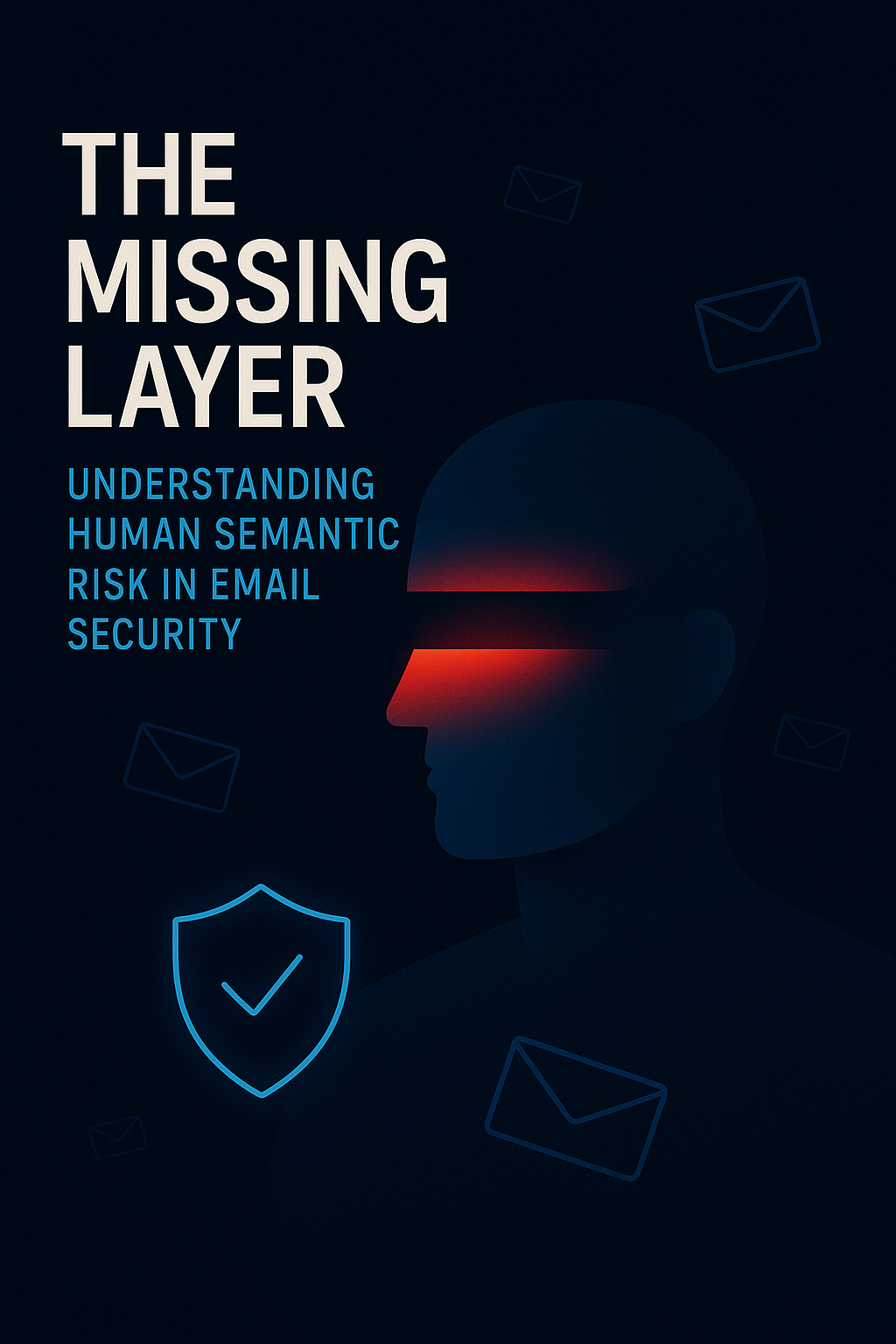

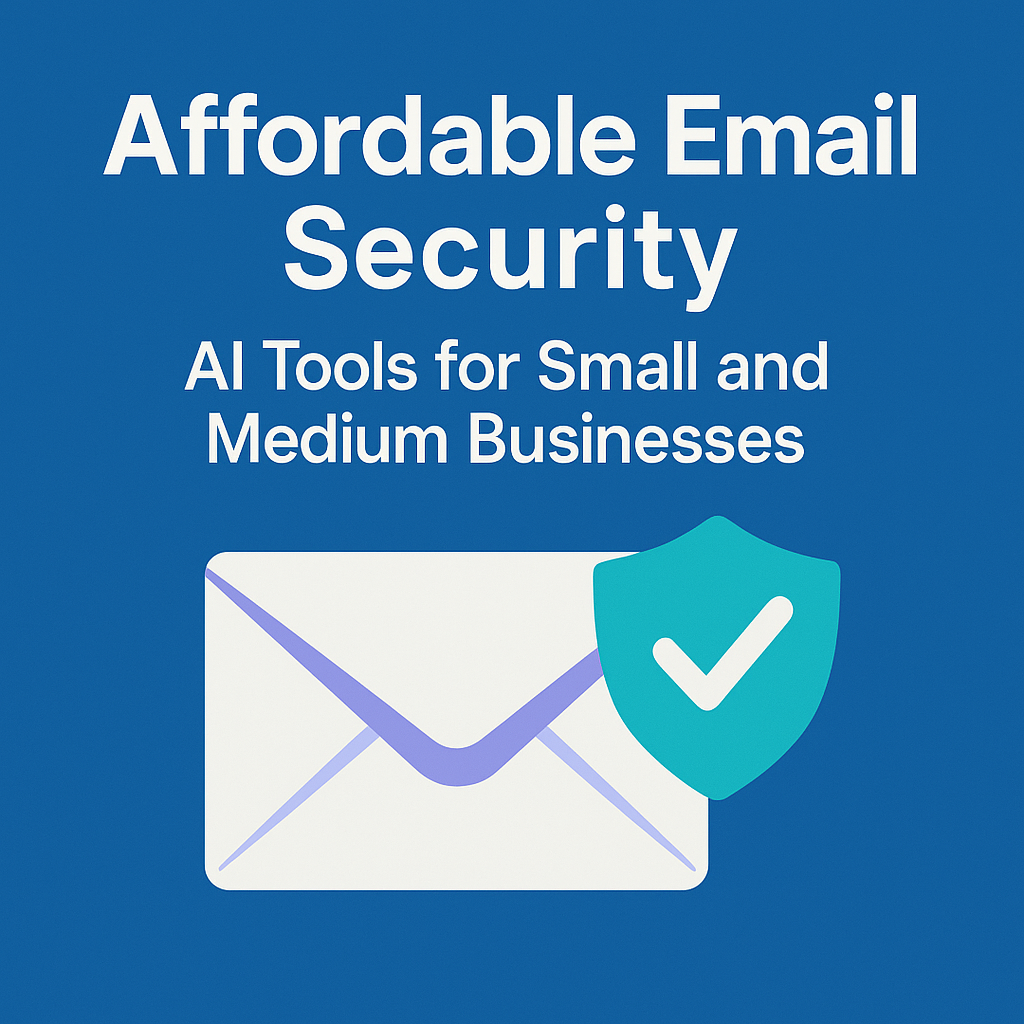

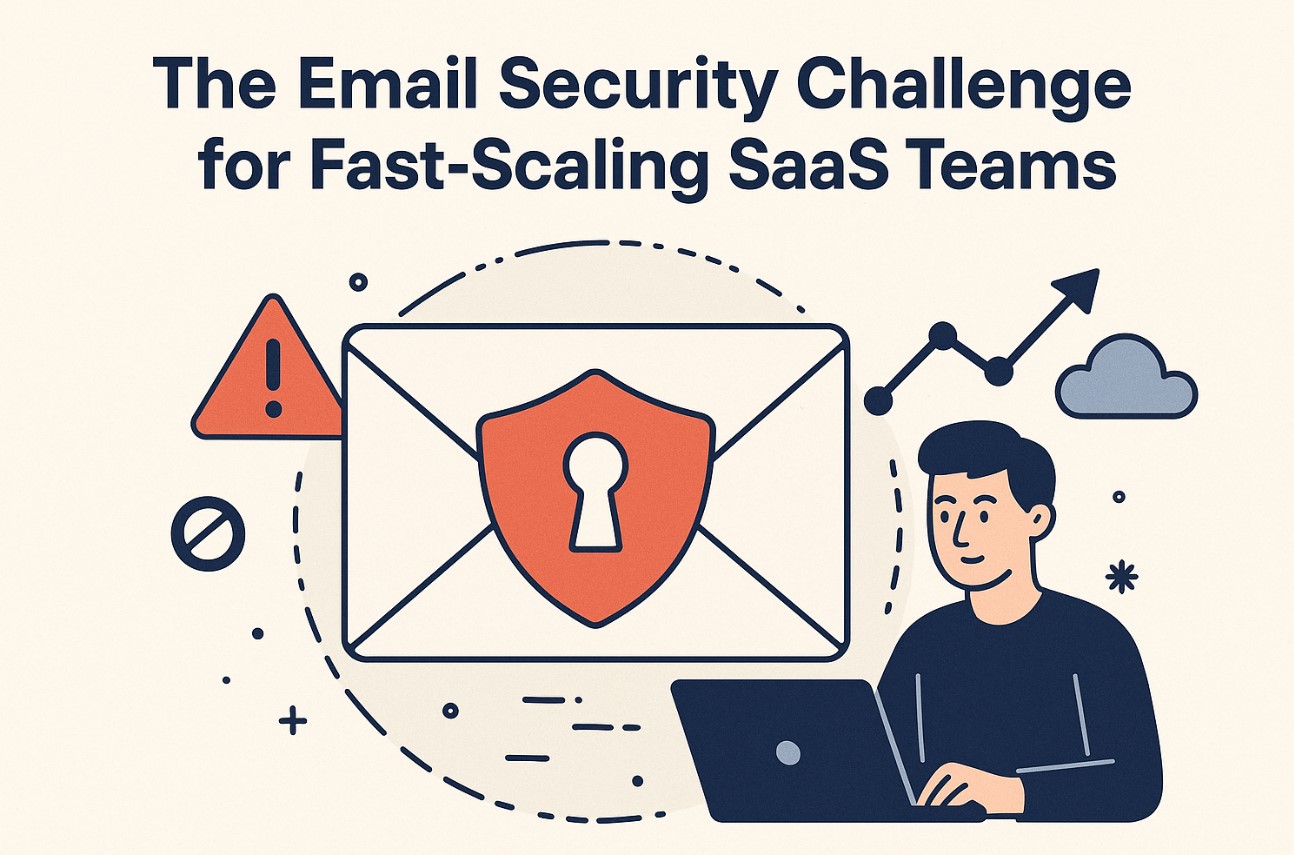
.png)





.png)

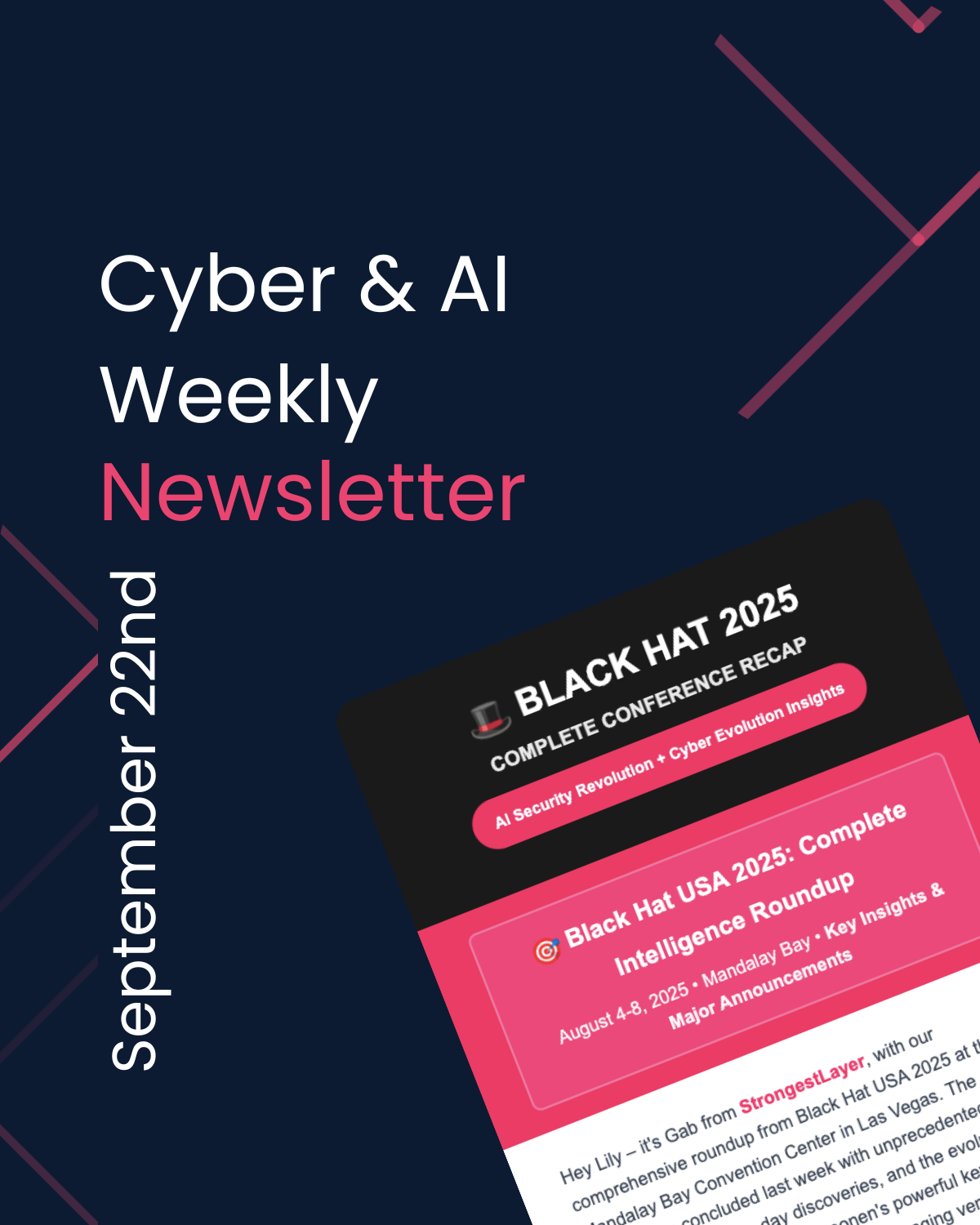
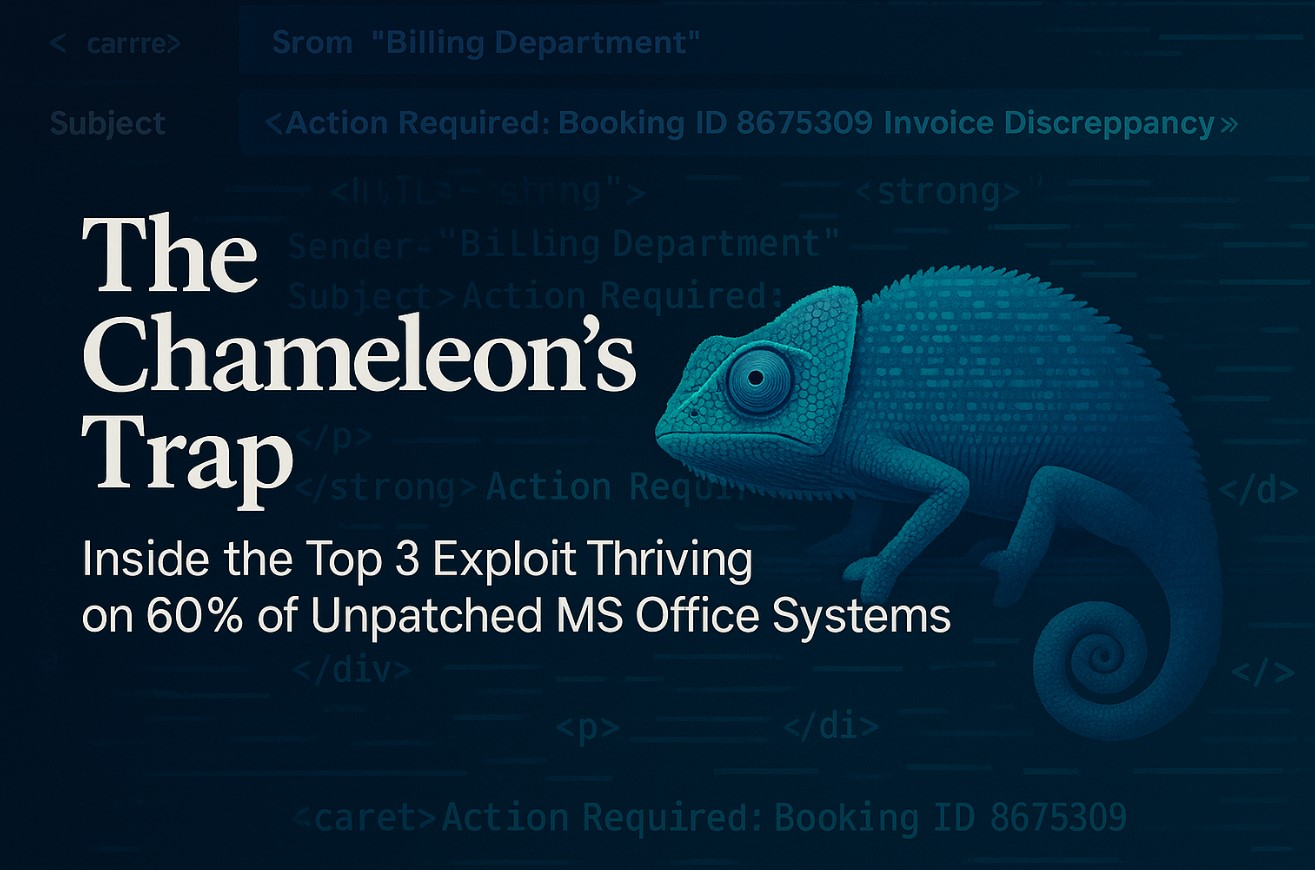

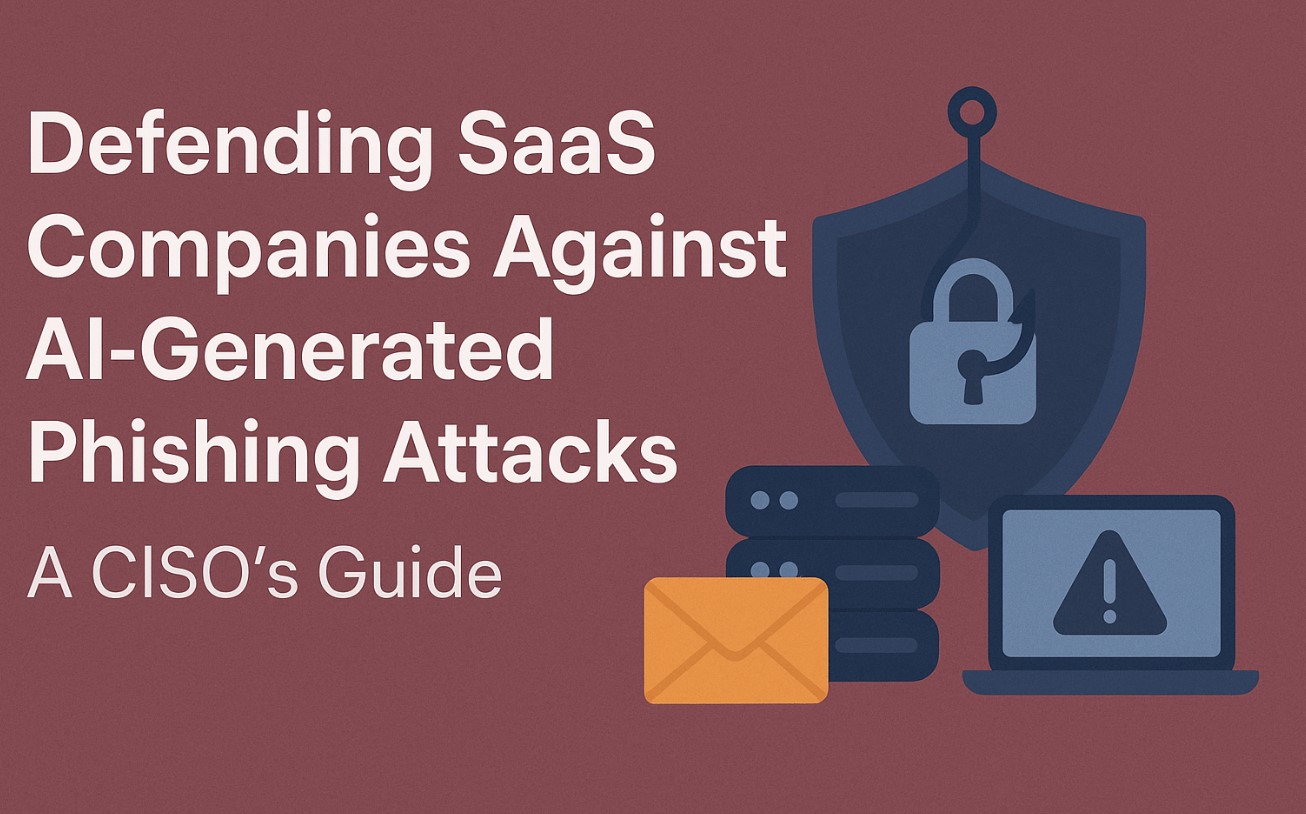


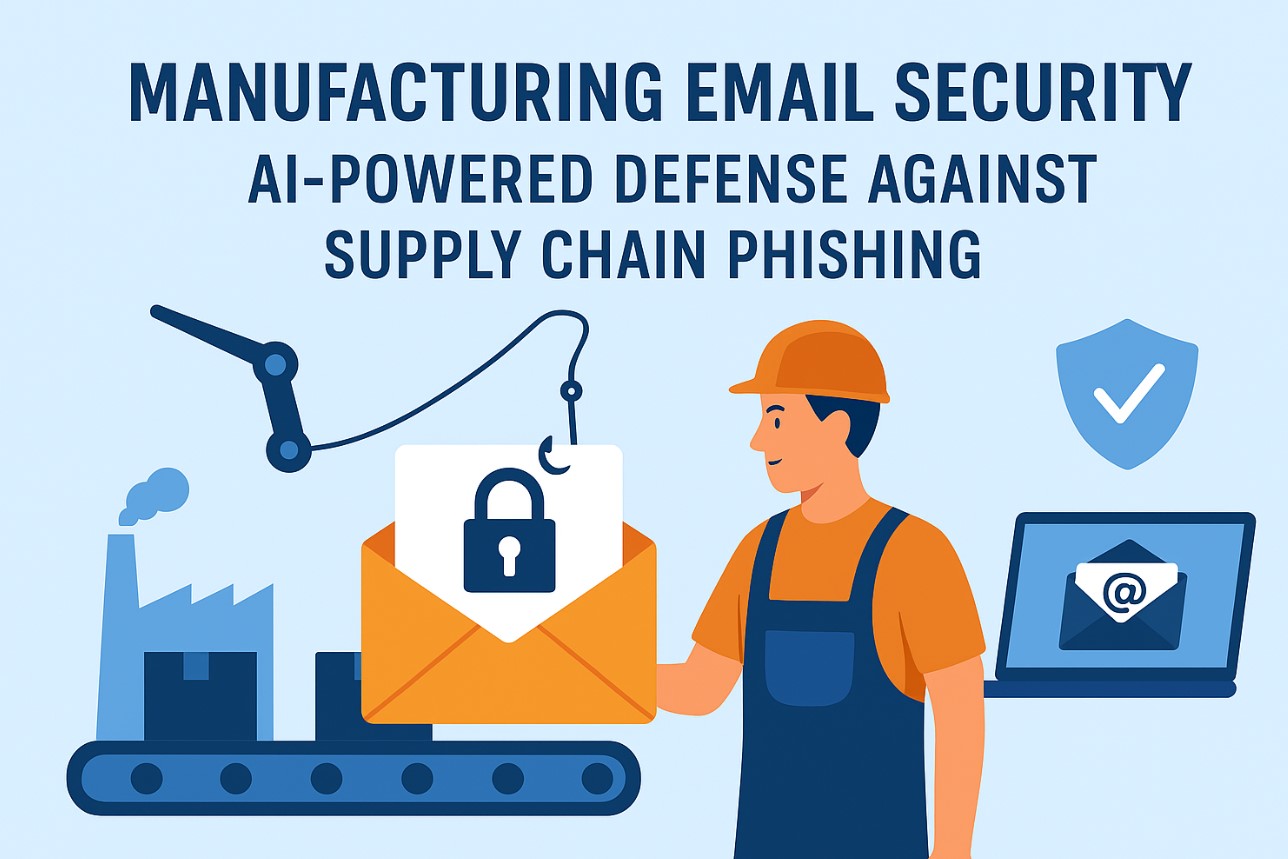

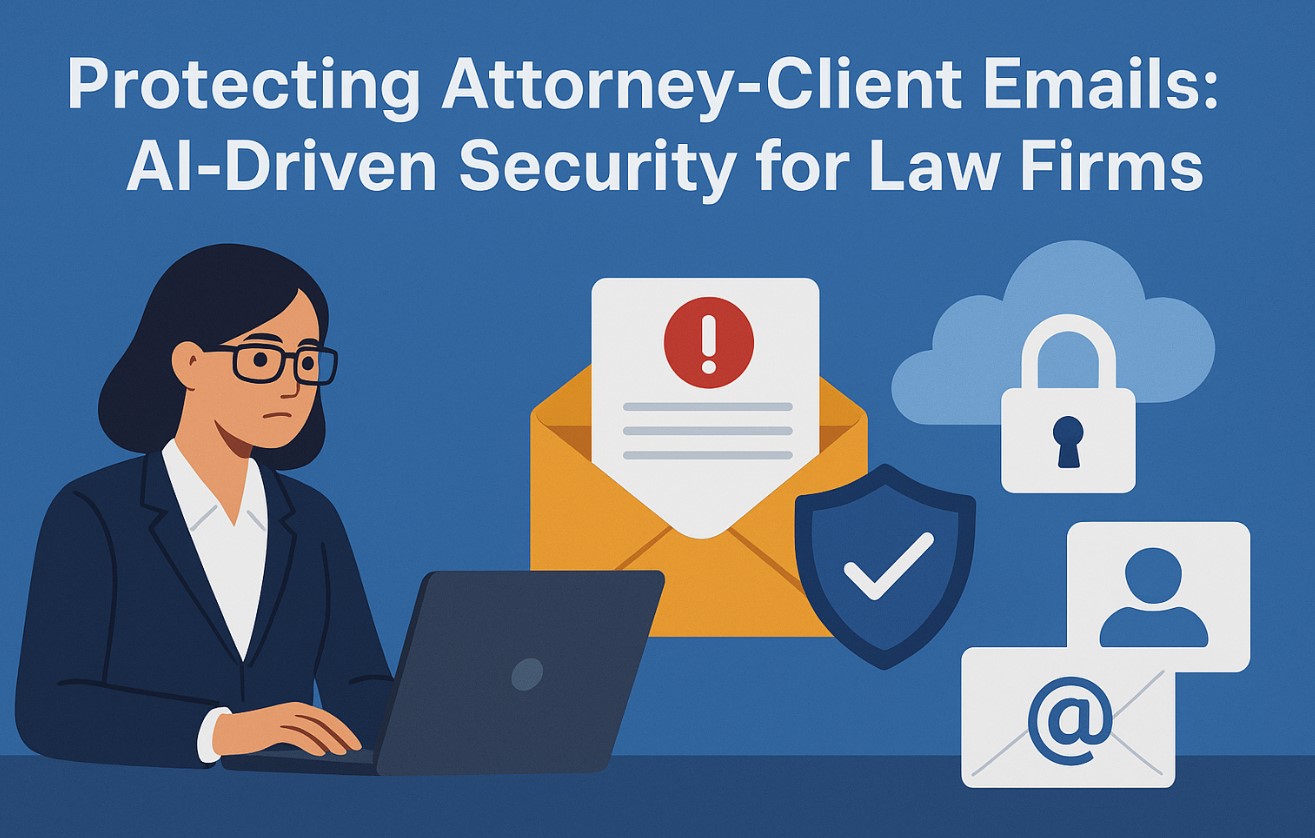

.png)

.png)
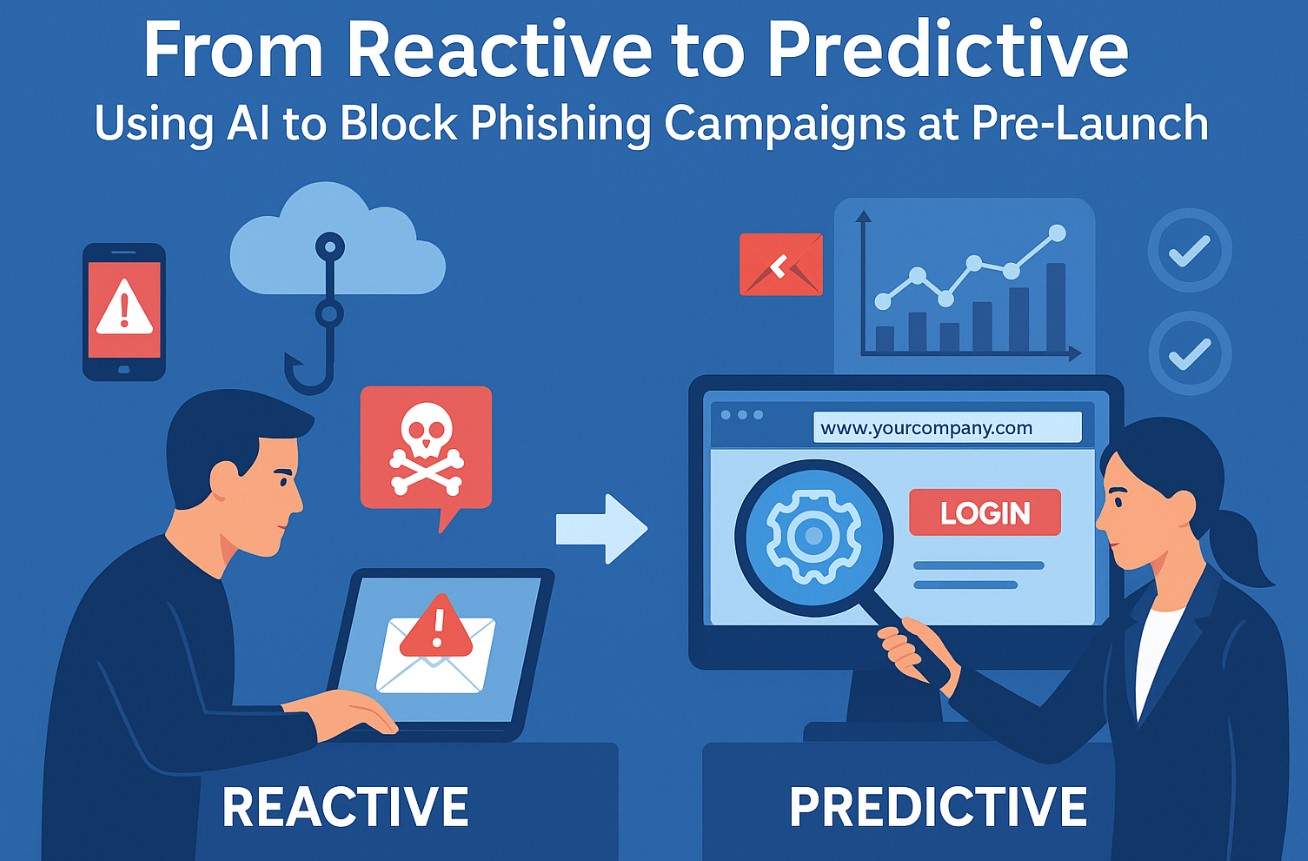


.png)
.jpg)
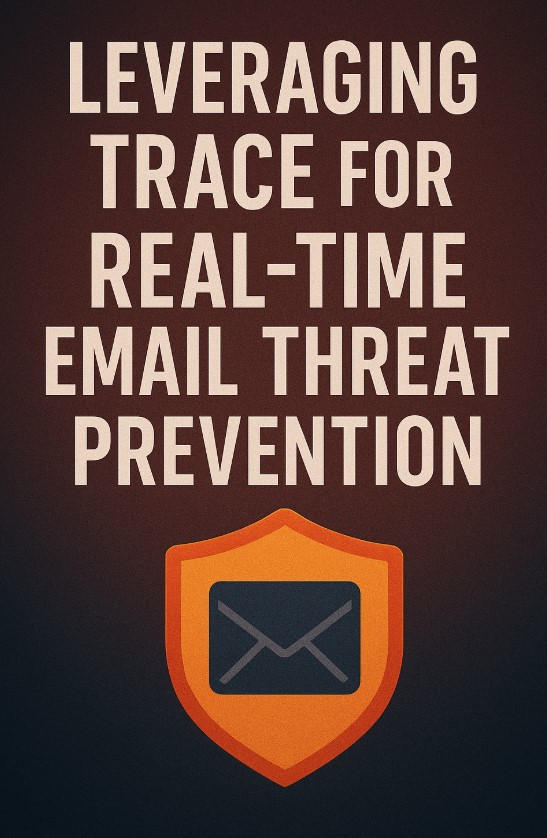
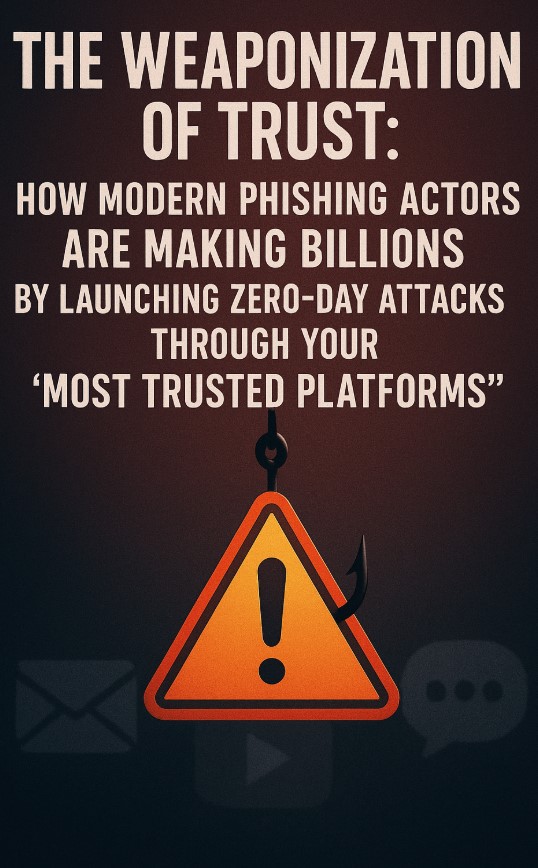
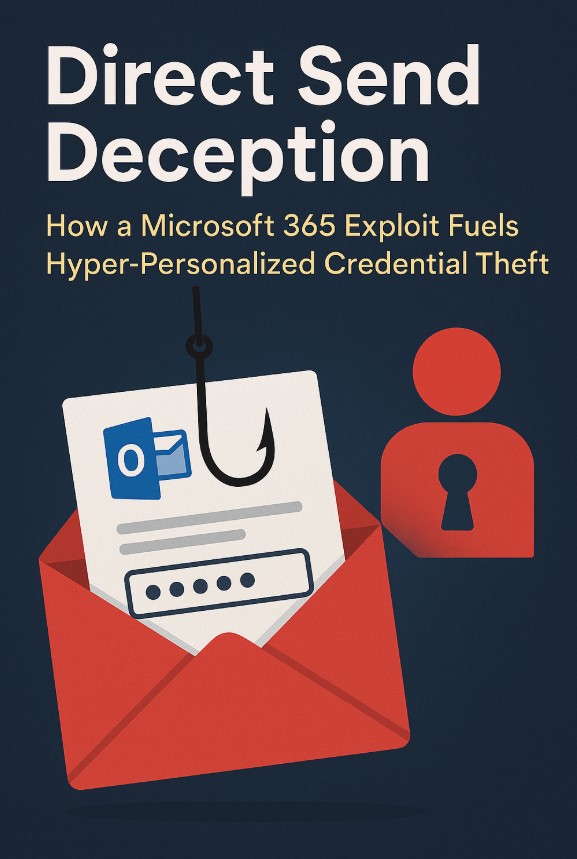
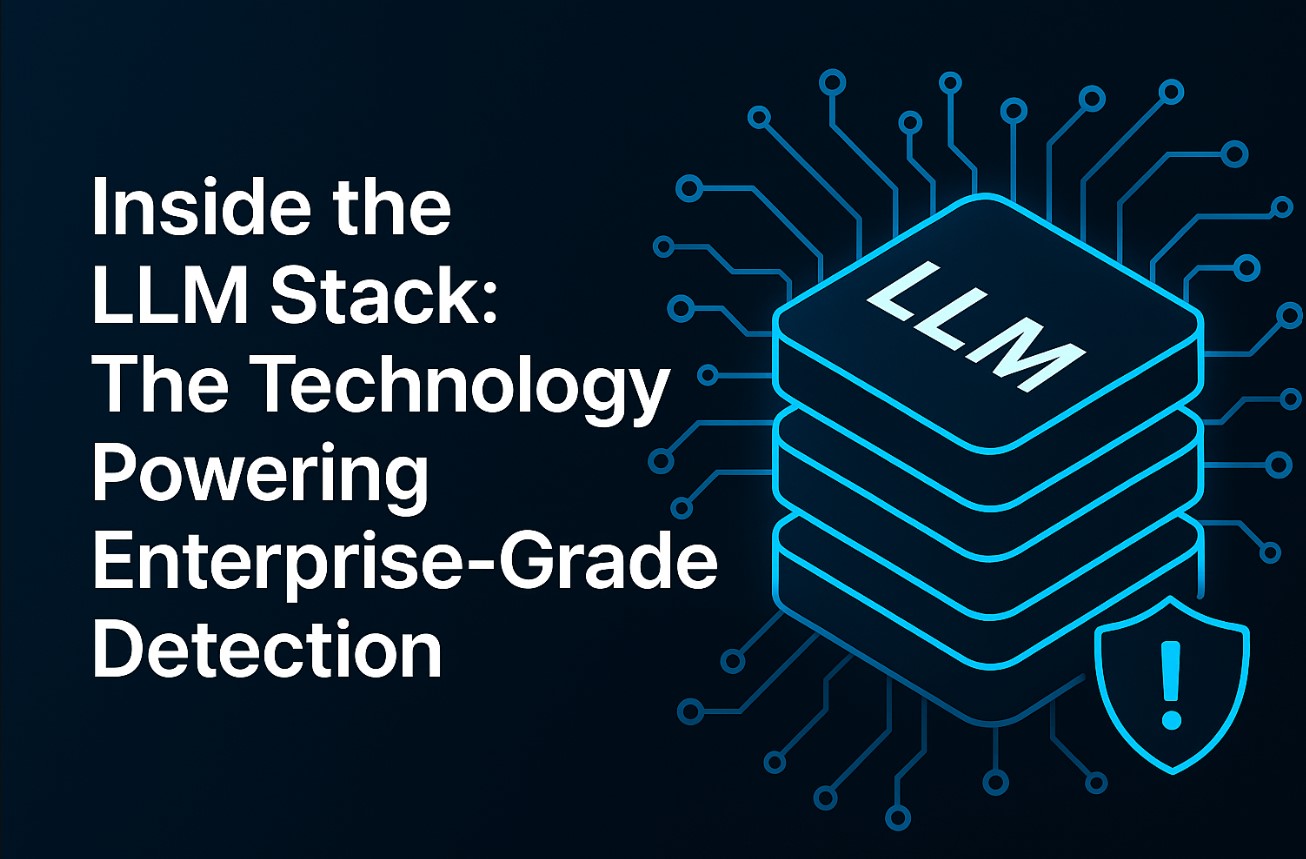
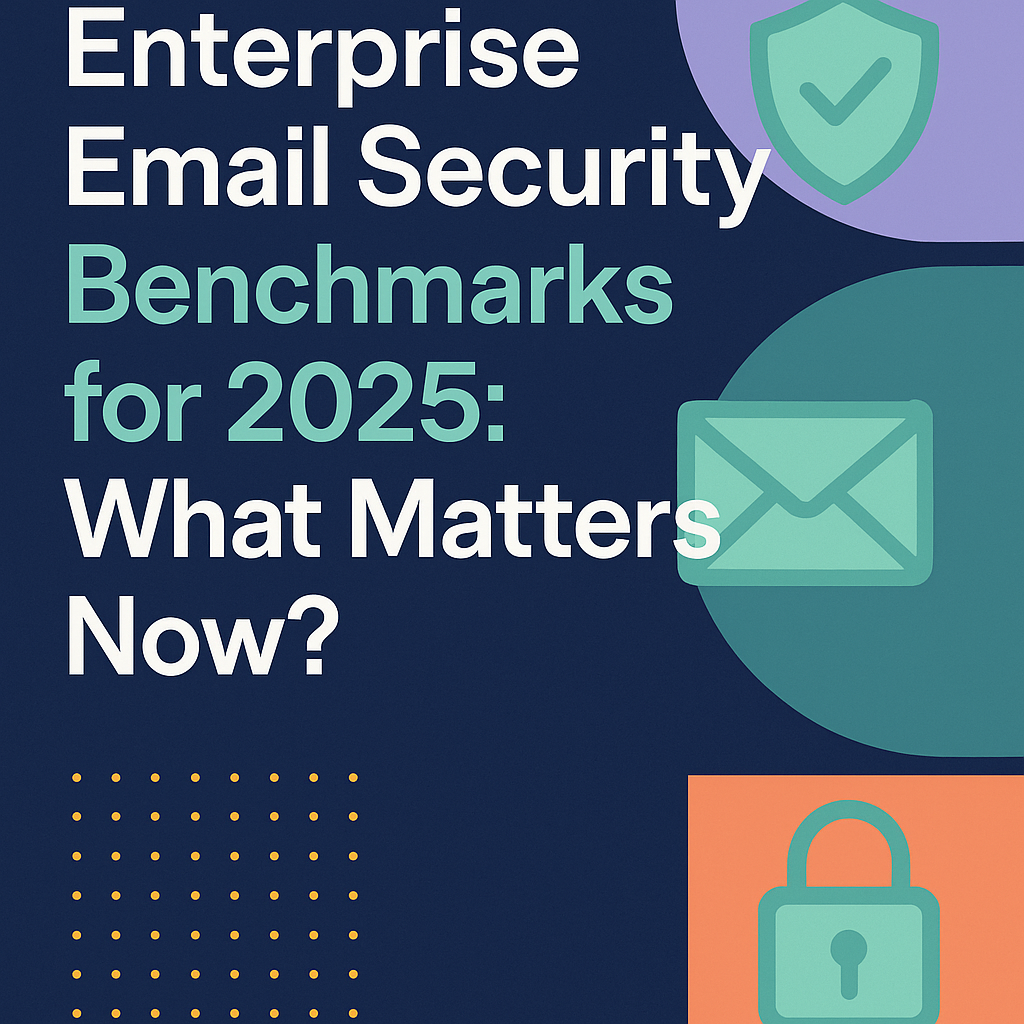

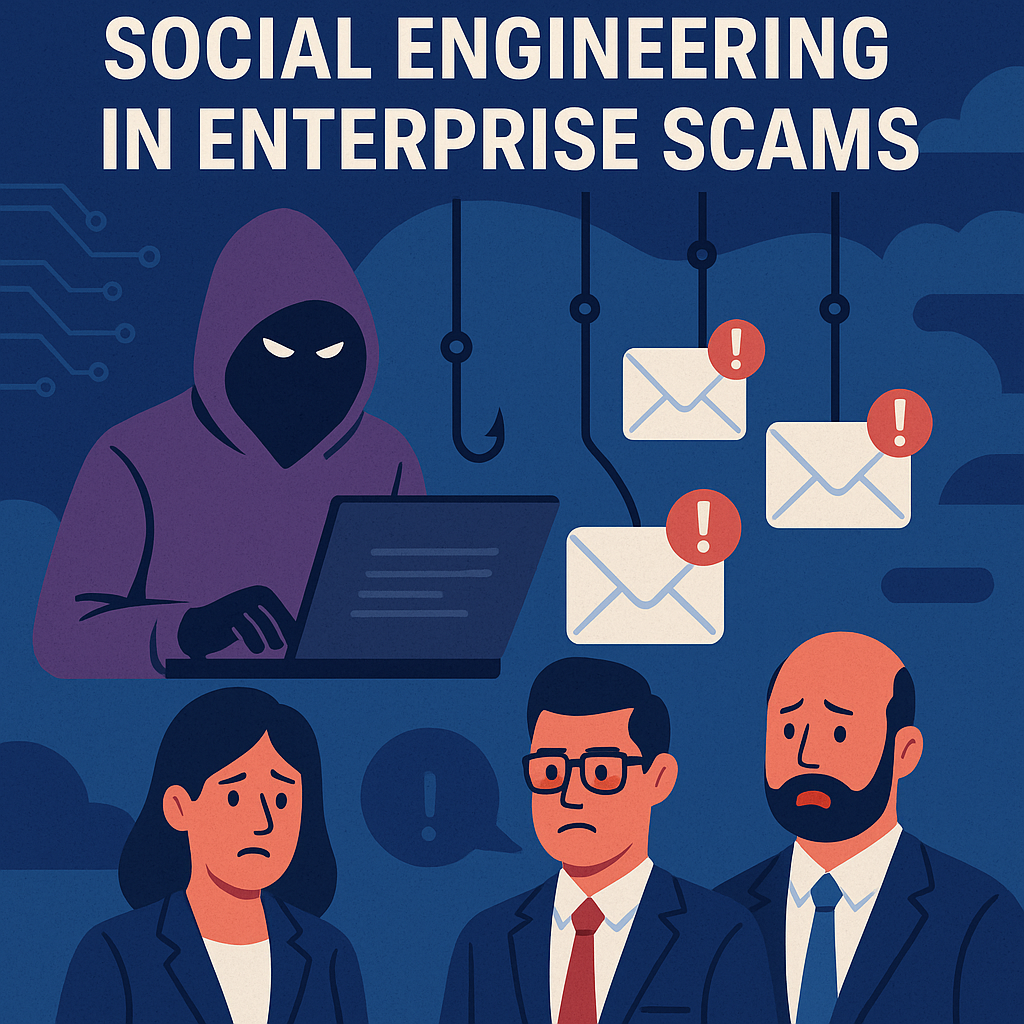
.png)







.png)































%20Attacks%20in%202025.jpg)









